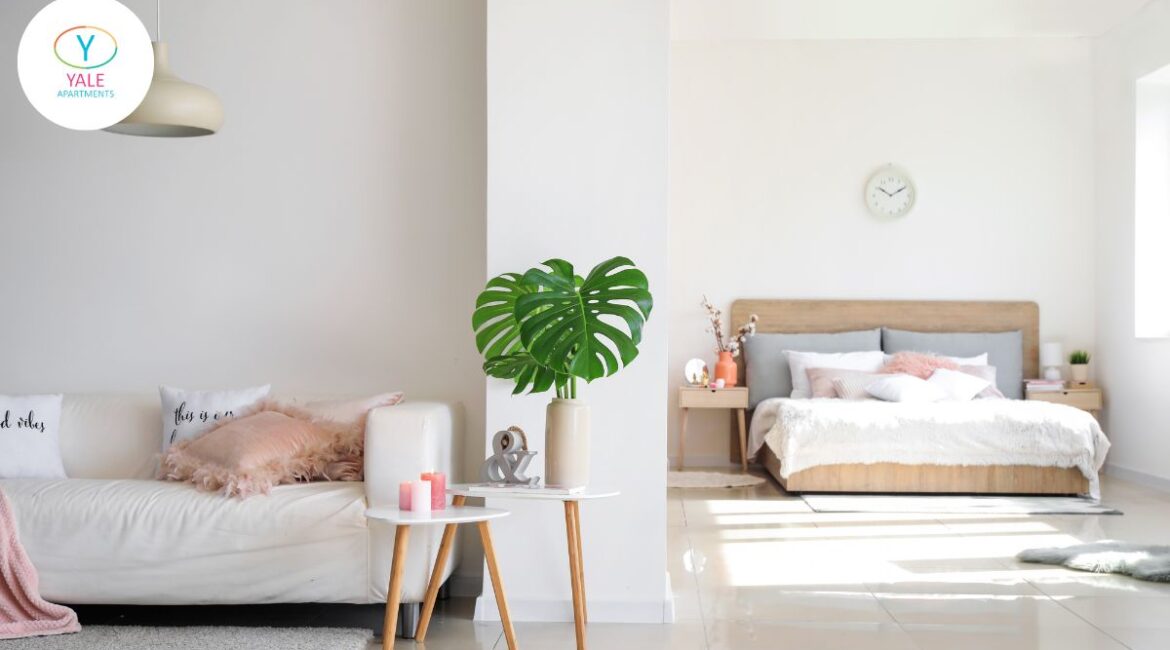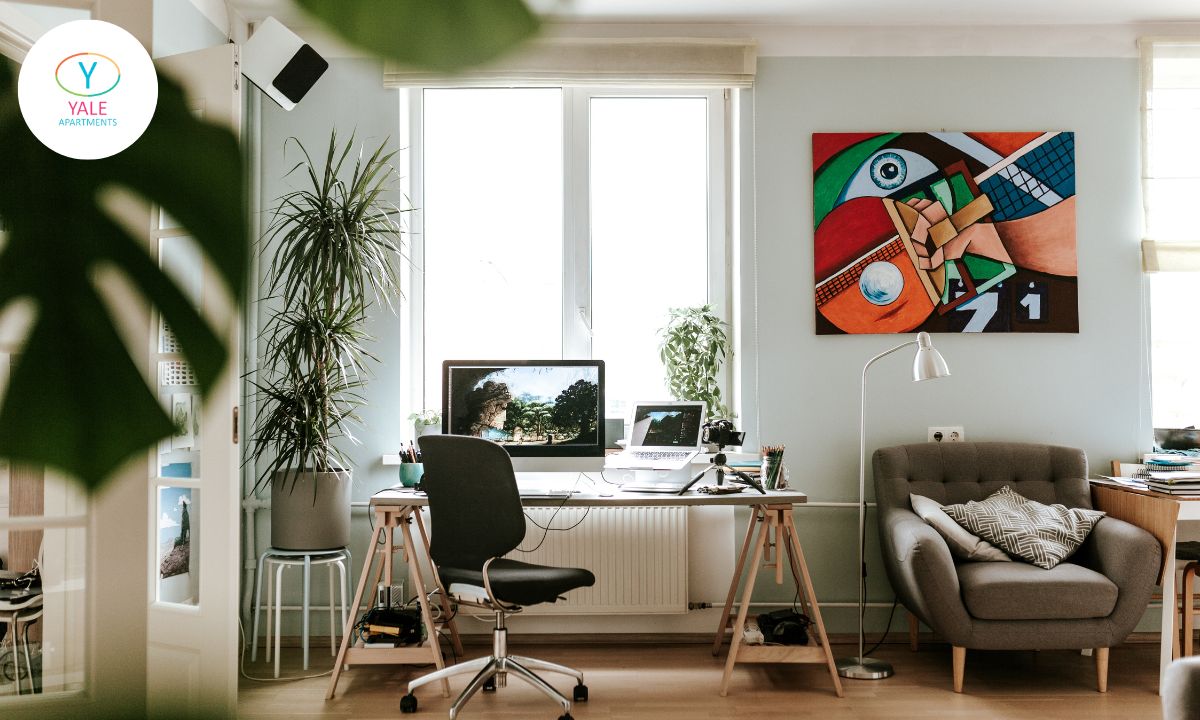
The Average Studio Apartment Size in the US, How Much Space Do You Need?
In the dynamic landscape of American urban living, studio apartments have emerged as popular havens, offering a blend of efficiency and style. As prospective tenants seek the ideal living space, understanding the nuances of size becomes paramount. In this comprehensive guide, we will explore the keyword “average studio apartment size in the US,” providing insights, trends, and tips to assist you in making informed decisions about your future dwelling.
Defining the American Studio Apartment
Studio apartments, known for their versatility and compact design, present a single open space that seamlessly integrates living, dining, and sleeping areas, often accompanied by a compact kitchen and bathroom. The appeal of studio living lies in its affordability and practicality, making it imperative for those considering this lifestyle to grasp the average studio apartment size prevalent in the US.
The Average Studio Apartment Size
The Average Studio Apartment Size typically ranges between 350 to 600 square feet. However, it’s essential to grasp that these figures represent general estimates and aren’t universally standardized. Geographical location, city regulations, and local housing trends play pivotal roles in shaping the actual sizes you might encounter.

In the dynamic landscape of urban living, larger cities often set the stage for more compact studios. Here, the emphasis is on efficient space utilization to meet the demands of a bustling population. Recognizing these variations becomes crucial as you explore studio living, allowing you to set realistic expectations based on the unique factors influencing apartment sizes in your chosen location.
Urban Influences on Studio Apartment Sizes
In metropolitan areas, where space is a premium commodity, studio apartments often lean toward the smaller end of the spectrum. Developers and architects strategically design these compact living spaces to cater to the demands of urban dwellers, emphasizing efficiency and maximizing every square foot. Recognizing the impact of these urban influences on the average studio apartment size is key to setting realistic expectations when exploring studio living.
Regional Variations in Studio Sizes
The United States, with its rich diversity of cities and regions, showcases a tapestry of unique housing characteristics that contribute to the dynamic landscape of studio living. In this vast and varied expanse, the average studio apartment size undergoes distinctive variations, shaped by the intricacies of local housing markets and regional preferences.
Diving into the regional nuances, one discovers a fascinating divergence in studio sizes across different landscapes. Particularly noteworthy is the trend observed in suburban or rural areas, where studios tend to lean towards the larger side. This regional phenomenon is intricately intertwined with the varied lifestyle preferences and housing demands prevalent in these environments.

The larger studio sizes in suburban or rural settings not only reflect spatial availability but also cater to a different set of lifestyle preferences. Residents in these areas may prioritize expansive living spaces to accommodate diverse activities, reflecting a unique blend of comfort and functionality. The additional square footage allows for the integration of various functional zones, providing room for home offices, entertainment spaces, or areas dedicated to specific hobbies.
The Evolution of Studio Living in the US
As societal trends and urbanization continue to shape the housing landscape, the concept of studio living evolves. Developers are experimenting with micro-apartments, pushing the boundaries of compact living by introducing units as small as 200 to 350 square feet. Stay informed about these developments to understand the future possibilities of average studio apartment size.
Considering Lifestyle and Preferences
While average sizes provide a general guideline, personal lifestyle, and preferences, including the consideration of average studio apartment size, play a crucial role in choosing the right studio apartment. Factors such as the need for a workspace, entertaining guests, or accommodating specific hobbies influence how one perceives and utilizes the available space.

Moreover, the accommodation of specific hobbies further enriches the narrative of personalization in studio living. Whether it’s a passion for art, music, or fitness, individuals seek studios that not only fit the mold of average sizes but also provide dedicated spaces to nurture their interests. This nuanced consideration extends beyond the functional aspect, creating an emotional connection between the living space and the individual’s identity and pursuits.
Tips for a Comfy Studio Living
- Opt for a Quality Sofa Bed: Save space by choosing a sofa bed that combines both comfort and functionality. Investing in a quality sofa bed ensures a good night’s sleep without compromising on living space during the day.
- Multi-Functional Desks: Choose a desk that doubles as a dining table to optimize space. Foldable or collapsible seating can be stored away when not in use, offering flexibility for both work and dining needs.
- Movable Seating Solutions: Embrace mobility with seating options like camping chairs, foldable chairs, small bean bags, and large cushions. Easily move them around to accommodate guests without cluttering your compact space.
- Clever Storage Solutions: Combat clutter with smart storage solutions. Opt for furniture with hidden storage, such as beds, desks, and footstools. Open shelves with deep baskets provide a less imposing alternative to large wardrobes, keeping your belongings organized and accessible.
Understanding the average studio apartment size in the US is a pivotal step toward making informed decisions about your living space. Armed with insights from this comprehensive guide, you can approach the search for your ideal studio with confidence, knowing how to balance size considerations with practicality and personal preferences. Embrace the possibilities that studio living offers, and transform your compact abode into a stylish and efficient haven tailored to your unique needs.

0 Comments